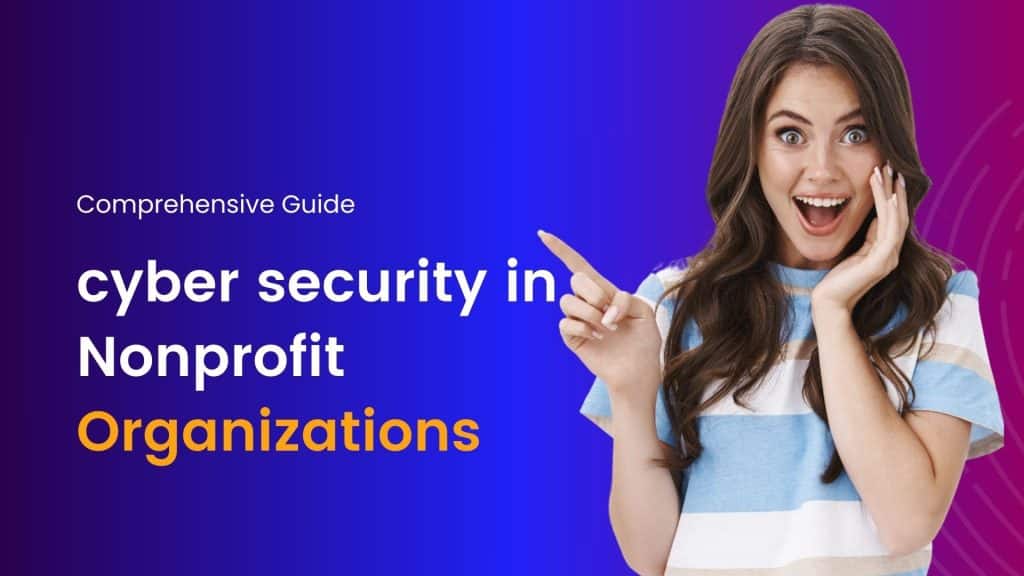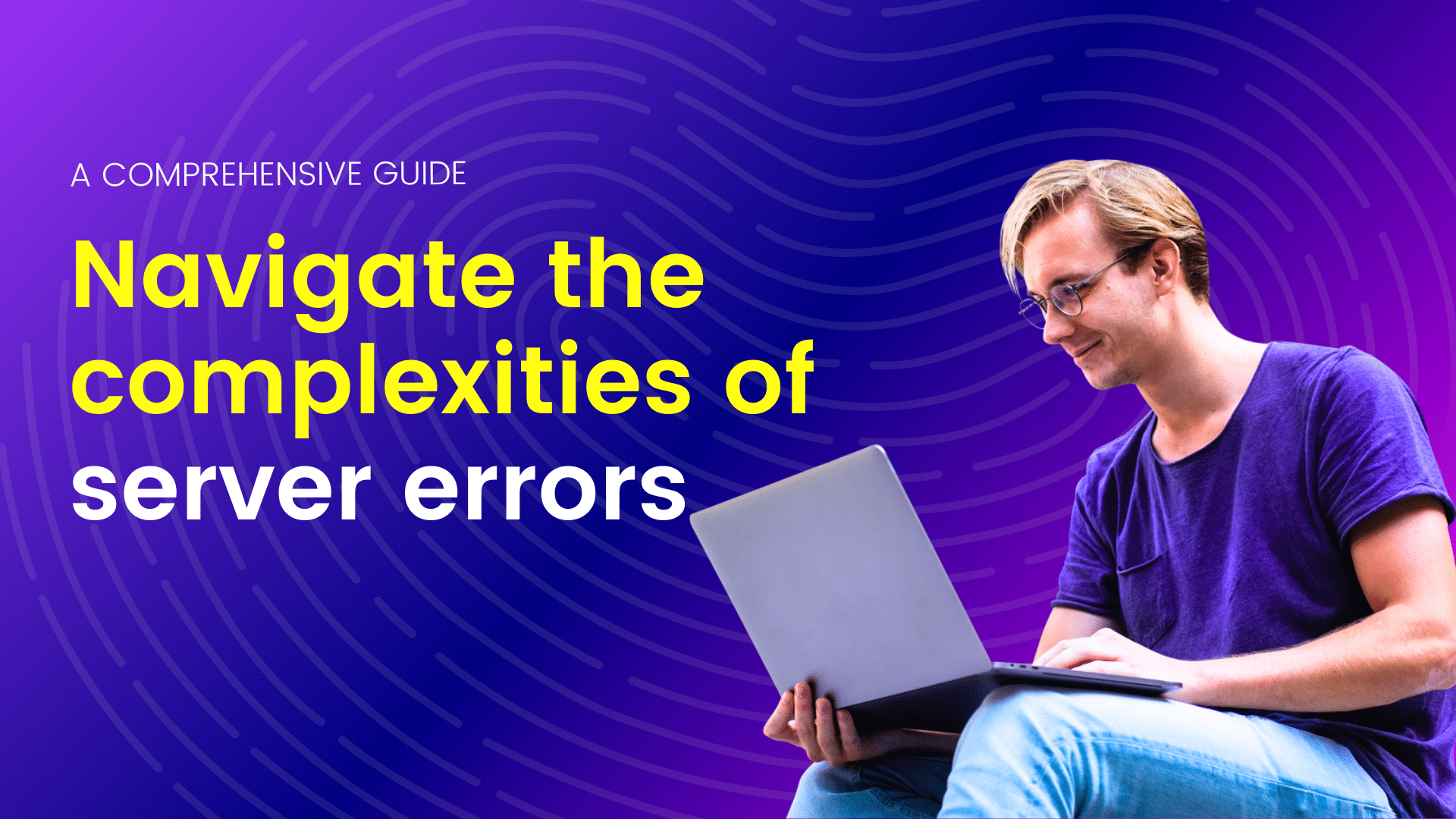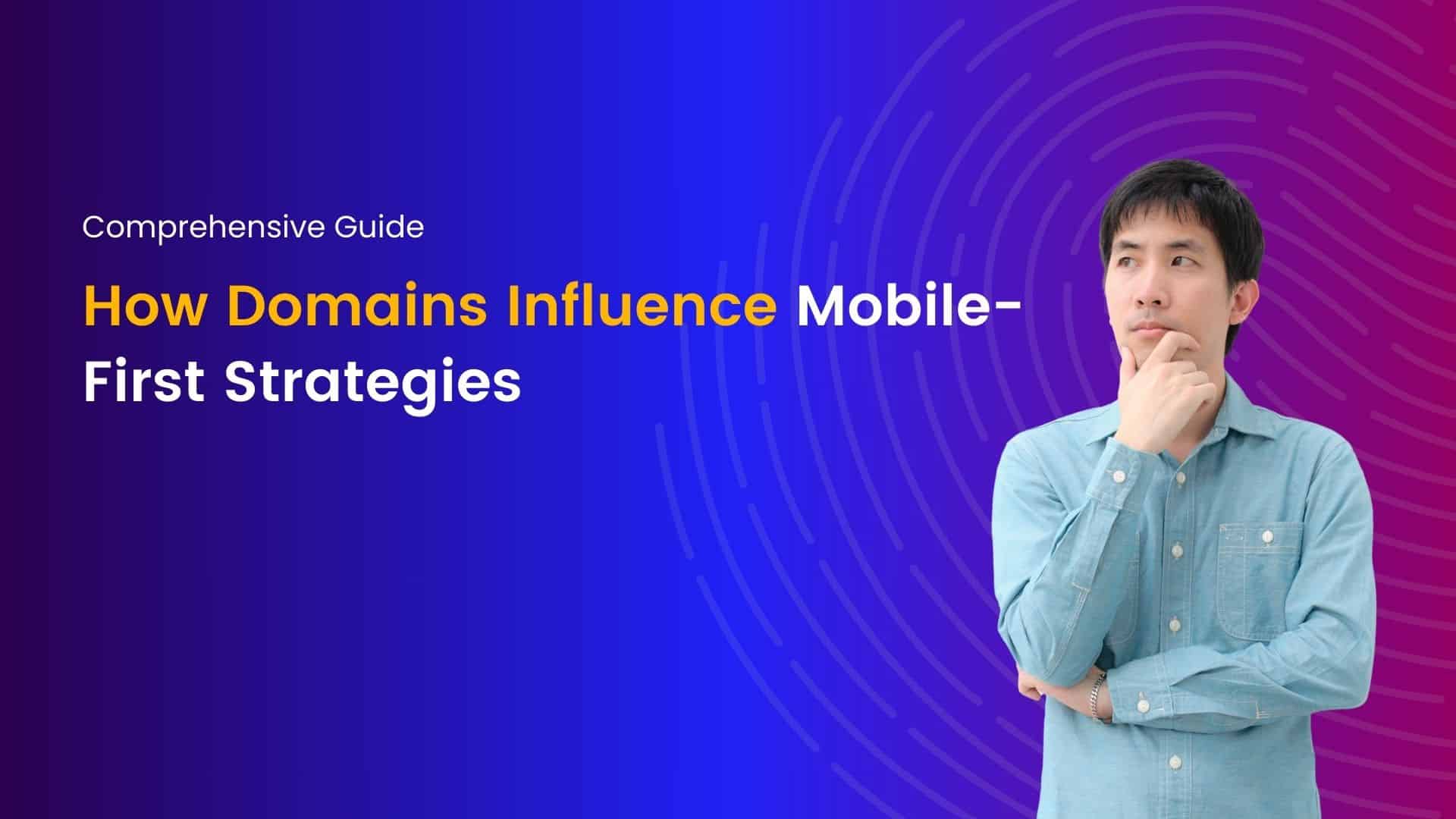In today’s interconnected world, nonprofit organizations are increasingly relying on digital platforms to achieve their missions efficiently. However, with this digital reliance comes a heightened risk of cyber threats. Cybersecurity, therefore, plays a crucial role in safeguarding nonprofit organizations’ sensitive data, maintaining donor trust, and ensuring uninterrupted operations.
Understanding the Risks
Nonprofits handle a wealth of sensitive information, including donor details, financial transactions, and personal data of beneficiaries. This makes them attractive targets for cybercriminals seeking to exploit vulnerabilities for financial gain or to undermine organizational credibility. Common threats include:
- Phishing Attacks: Malicious emails or messages impersonating legitimate entities to steal sensitive information.
- Ransomware: Malware that encrypts data, demanding ransom for decryption, crippling operations until payment is made.
- Data Breaches: Unauthorized access to confidential information, leading to reputational damage and legal repercussions.
Challenges Faced by Nonprofits
Unlike large corporations, nonprofits often operate with limited IT budgets and resources, making them more vulnerable to cyber threats. Key challenges include:
- Resource Constraints: Limited funding for cybersecurity measures such as robust infrastructure, training, and dedicated personnel.
- Complex Regulatory Landscape: Compliance with data protection regulations (e.g., GDPR, HIPAA) can be challenging without dedicated expertise.
- Dependency on Volunteers: Volunteers and part-time staff may lack awareness or training in cybersecurity best practices.
Building a Cybersecurity Framework
To mitigate risks effectively, nonprofits can implement a tailored cybersecurity framework:
- Risk Assessment: Identify and prioritize potential threats and vulnerabilities specific to the organization’s operations and data.
- Education and Awareness: Regularly train staff and volunteers on cybersecurity best practices, including recognizing phishing attempts and securing passwords.
- Data Encryption: Encrypt sensitive data both in transit and at rest to protect it from unauthorized access.
- Access Control: Implement least privilege access policies to limit who can access sensitive information, reducing the risk of insider threats.
- Incident Response Plan: Develop and test a plan to respond swiftly to cyber incidents, minimizing disruption and damage.
Collaboration and Support
Nonprofits can benefit from collaboration with peers, industry groups, and cybersecurity experts:
- Sharing Best Practices: Participate in forums or networks where organizations exchange insights and strategies for cybersecurity resilience.
- Government and NGO Support: Seek guidance from government agencies and nonprofit support organizations offering resources and grants for cybersecurity initiatives.
Nonprofits can stay informed about cybersecurity trends and best practices through several key methods:
- Training and Awareness Programs: Implement regular cybersecurity training sessions for staff and volunteers. This helps keep everyone updated on the latest threats and best practices.
- Engage with Cybersecurity Communities: Join online forums, webinars, and conferences focused on nonprofit cybersecurity. These platforms often share current trends, case studies, and solutions.
- Subscribe to Newsletters and Alerts: Sign up for cybersecurity newsletters from reputable sources like cybersecurity firms, industry associations, or government agencies. These often provide updates on emerging threats and vulnerabilities.
- Follow Industry Reports and Studies: Stay updated with reports and studies published by cybersecurity organizations or research firms. These can provide insights into prevalent threats and effective defense strategies.
- Network with Peers: Participate in nonprofit networks or forums where cybersecurity is discussed. Sharing experiences and learning from others in similar organizations can be invaluable.
- Utilize Trusted Resources: Refer to trusted resources such as cybersecurity guides, toolkits, and checklists specifically tailored for nonprofits. These resources often provide step-by-step guidance on implementing security measures.
- Conduct Regular Security Assessments: Perform regular cybersecurity assessments and audits to identify vulnerabilities and ensure compliance with best practices.
- Establish Partnerships: Collaborate with cybersecurity experts or firms that offer pro bono or discounted services for nonprofits. They can provide specialized guidance and support.
By adopting these practices, nonprofits can build a robust cybersecurity posture and effectively protect their sensitive data and operations.
Recovering from a cybersecurity breach can be particularly challenging for nonprofits, but there are several steps they can take to mitigate the damage and strengthen their security posture:
- Assessment and Containment: Immediately assess the extent of the breach and contain it to prevent further damage. This involves identifying how the breach occurred and where vulnerabilities lie.
- Communication: Notify stakeholders, including donors, volunteers, and beneficiaries, about the breach promptly and transparently. Clearly communicate what data was compromised and what steps you’re taking to address the issue.
- Legal and Regulatory Compliance: Ensure compliance with relevant laws and regulations regarding data breaches. This may involve reporting the breach to authorities and affected individuals.
- Cybersecurity Improvements: Conduct a thorough review of your cybersecurity protocols and systems. Enhance security measures such as encryption, access controls, and regular security audits.
- Staff Training: Educate staff and volunteers about cybersecurity best practices, such as recognizing phishing attempts and maintaining strong passwords.
- Backup and Recovery: Implement robust data backup procedures to ensure you can recover quickly from a breach. Test your backups regularly to verify their integrity.
- Review Insurance Coverage: Check your insurance policies, such as cyber liability insurance, to understand what coverage you have for data breaches and other cybersecurity incidents.
- Monitoring and Response: Set up systems to monitor for suspicious activity and respond quickly to any signs of a new breach or attempted breach.
- Learn and Adapt: After the breach is resolved, conduct a post-incident review to learn from the experience. Update your cybersecurity policies and procedures based on lessons learned.
- Community Support: Seek support from cybersecurity experts and organizations that specialize in helping nonprofits recover from breaches. They can provide valuable guidance and resources.
By taking these steps, nonprofits can strengthen their resilience to cyber threats and minimize the impact of future breaches on their operations and stakeholders.
When nonprofits are selecting cybersecurity solutions, there are several key considerations to keep in mind:
- Budget Constraints: Nonprofits often operate on limited budgets, so cost-effectiveness is crucial. Look for solutions that offer good value for money and consider whether discounts or special pricing are available for nonprofits.
- Security Needs: Assess your specific security needs based on the type and sensitivity of data you handle. This includes donor information, financial records, and personal data of beneficiaries.
- Ease of Use: Choose solutions that are user-friendly and easy to implement. Nonprofits may have limited IT staff or technical expertise, so simplicity can be a significant advantage.
- Scalability: Ensure that the solution can grow with your organization. As your nonprofit expands or as cybersecurity threats evolve, the solution should be able to adapt and provide adequate protection.
- Compliance Requirements: Be aware of any legal or regulatory requirements that apply to your organization, such as GDPR, HIPAA, or PCI DSS. Choose solutions that help you maintain compliance with these standards.
- Support and Training: Consider the level of support and training provided by the vendor. Nonprofits may benefit from vendors who offer responsive customer support and resources to help staff understand and use the cybersecurity tools effectively.
- Integration: Check if the cybersecurity solution integrates well with your existing IT infrastructure and other software applications used by your nonprofit. Seamless integration can improve efficiency and security.
- Reputation and Reliability: Research the reputation and reliability of the cybersecurity vendor. Look for reviews, testimonials, and references from other nonprofits or organizations similar to yours.
- Backup and Recovery: Ensure the solution includes robust backup and recovery capabilities. This is critical for protecting against data loss due to cyberattacks, accidents, or natural disasters.
- Continuous Monitoring and Updates: Cyber threats are constantly evolving, so choose solutions that offer regular updates and continuous monitoring to detect and respond to potential security breaches promptly.
By carefully considering these factors, nonprofits can select cybersecurity solutions that effectively protect their data and operations while fitting within their budgetary and operational constraints.
Nonprofit organizations need to prioritize cybersecurity for several important reasons:
- Protection of Donor Information: Nonprofits often collect sensitive information from donors, such as credit card details or personal contact information. Ensuring robust cybersecurity measures protects this data from unauthorized access or breaches.
- Maintaining Trust: Donors, volunteers, and beneficiaries trust nonprofits to handle their information responsibly. A cybersecurity breach can damage this trust, potentially leading to decreased donations or support.
- Legal and Regulatory Compliance: Many regions have laws and regulations (like GDPR or CCPA) that mandate organizations to protect personal data. Nonprofits must comply with these regulations to avoid legal consequences.
- Operational Continuity: Cyberattacks can disrupt operations, leading to downtime that affects the nonprofit’s ability to serve its mission effectively. This can include loss of access to critical systems or inability to communicate with stakeholders.
- Financial Stability: Recovering from a cyber incident can be costly. Nonprofits, which often operate on tight budgets, may struggle to cover expenses related to data recovery, legal fees, or reputation management post-breach.
- Protection Against Fraud: Cybersecurity measures help prevent fraudulent activities, such as phishing scams targeting donors or financial fraud through compromised systems.
- Maintaining Reputation: Nonprofits rely heavily on their reputation and goodwill. A data breach or cyber incident can tarnish their reputation, making it harder to attract donors, volunteers, and partnerships.
- Cybersecurity as Good Governance: Implementing strong cybersecurity practices demonstrates good governance. It shows that the nonprofit takes its responsibilities seriously and is committed to protecting the interests of its stakeholders.
By prioritizing cybersecurity, nonprofits can safeguard their operations, protect sensitive data, and uphold the trust placed in them by donors and the community they serve.
“Secure your nonprofit’s mission with proactive cybersecurity measures. Learn how to safeguard data and ensure operational continuity today. Sign Up Hostao Today“
Conclusion
In conclusion, cybersecurity is not just a technical concern but a critical aspect of ensuring trust, continuity, and impact for nonprofit organizations. By prioritizing cybersecurity measures, nonprofits can protect their stakeholders’ interests, uphold their missions, and sustain their positive contributions to society in an increasingly digital world.
I'm a tech-savvy writer with a Computer Science degree and web hosting background, contributing to Hostao Blogs. I simplify complex tech topics like web development and cybersecurity. Beyond writing, I'm a tech explorer passionate about digital advancements.




















